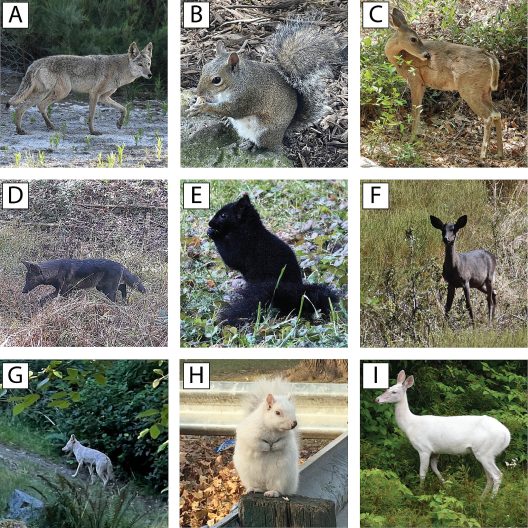PhD student Sam Kreling’s research cited in Washington Post article, “Why we celebrate black squirrels, but think of gray ones as pests”

In a Washington Post article published this October, Sam Kreling, a SEFS PhD student, discusses why humans are so fascinated by oddly colored animals. Kreling is one of the lead researchers on a new paper published in Human Ecology entitled, “Of Rarity and Symbolism: Understanding Human Perceptions of Charismatic Color Morphs.” The research was co-led by Kreling and Tyus D. Williams at the Department of Environmental Science, Policy, and Management at UC Berkeley. The paper discusses how the physical appearance of wildlife influences the ways in which humans interact with them. Humans are fascinated by oddly colored creatures — the same creatures that we often think of as pests or threats.
The research team focused on melanism, leucism and albinism across four species commonly thought of as pests in the United States – coyotes, eastern gray squirrels, white-tailed deer and black-tailed deer. Folklore, superstitions, art and psychological perceptions all influence the way that humans interact and perceive wildlife. Using case studies of individual animals that vary from their species-typical coloration, the research team discusses how powerful the role of human connection to a species or individual animal can be in connection with conservation efforts, how we perceive those animals and ultimately how we treat them.